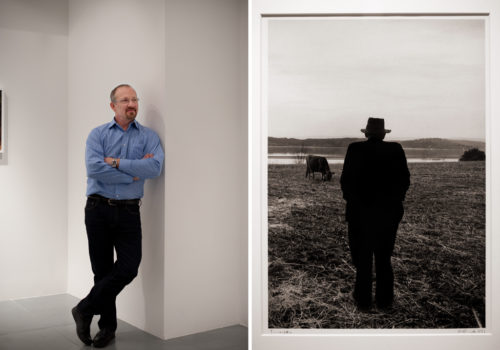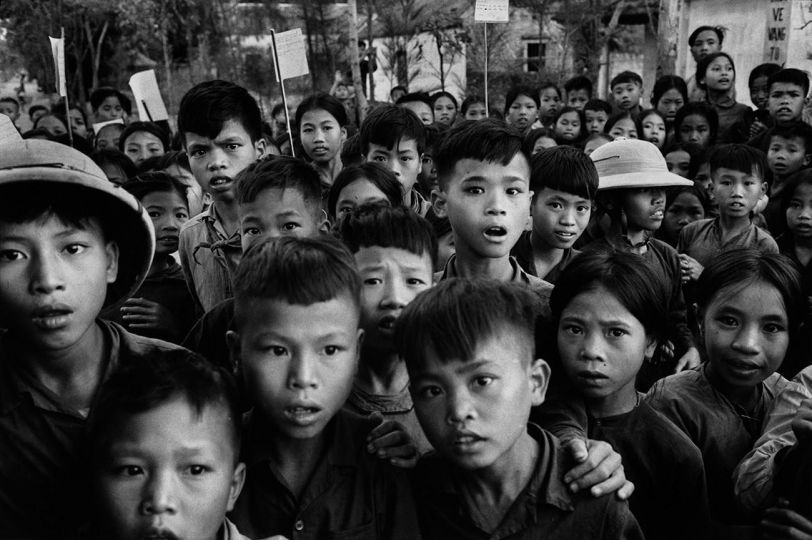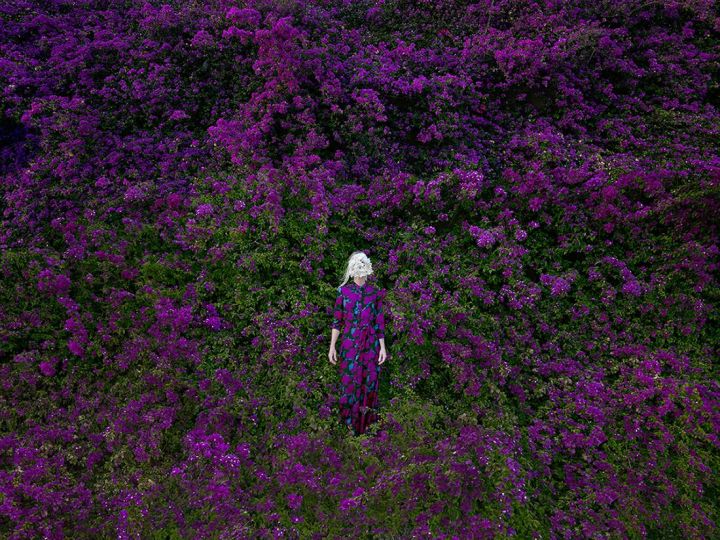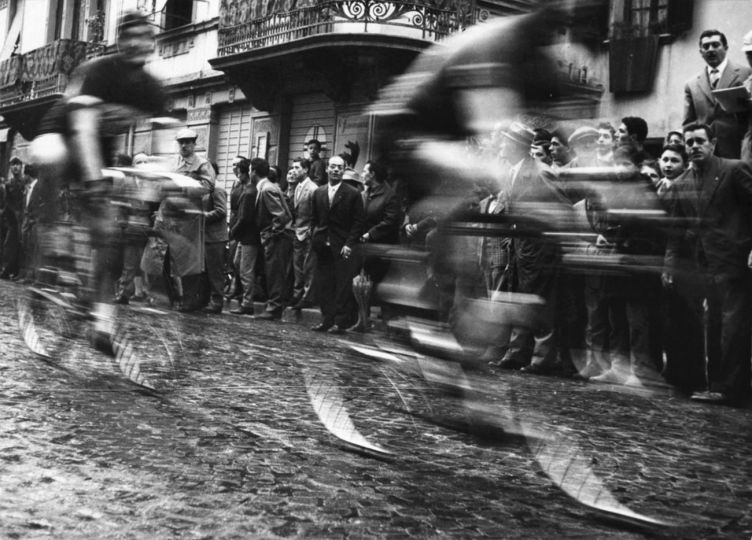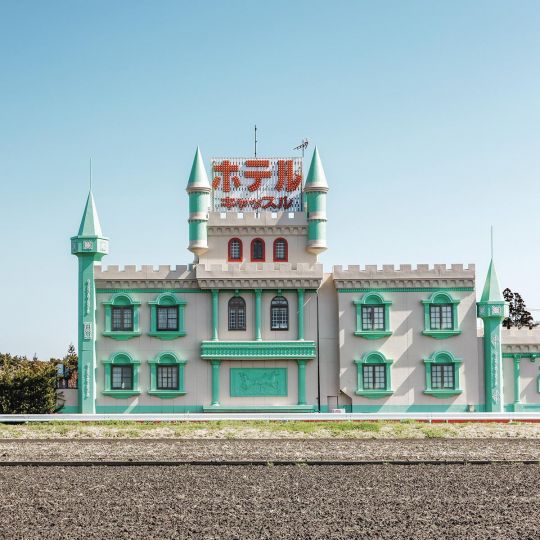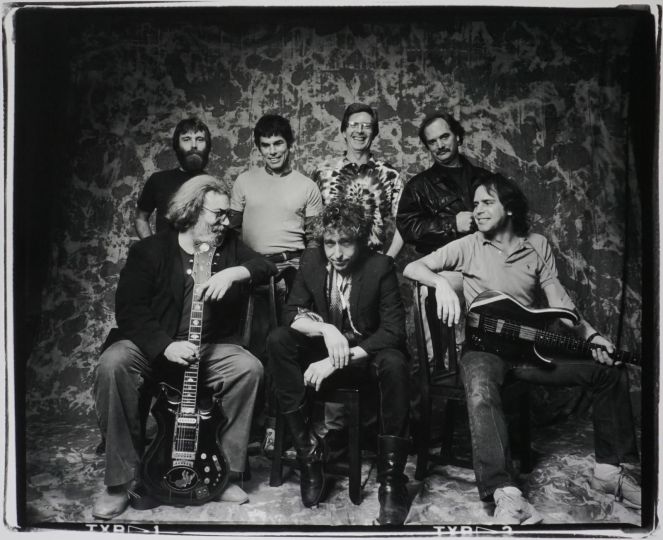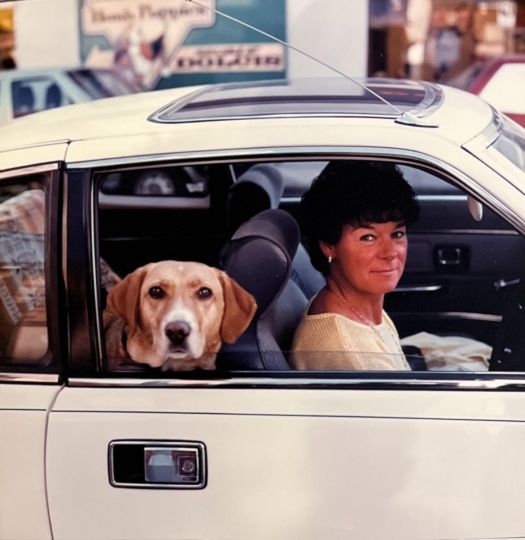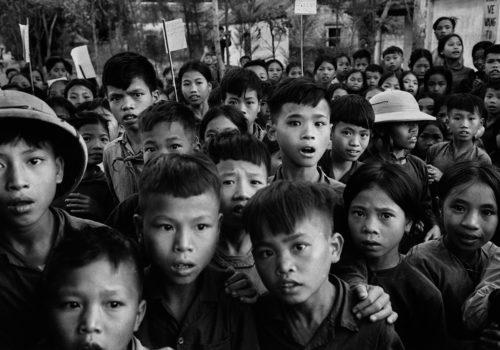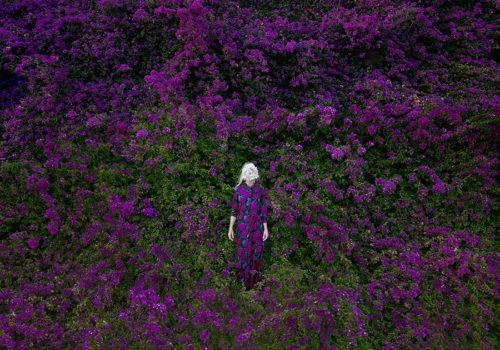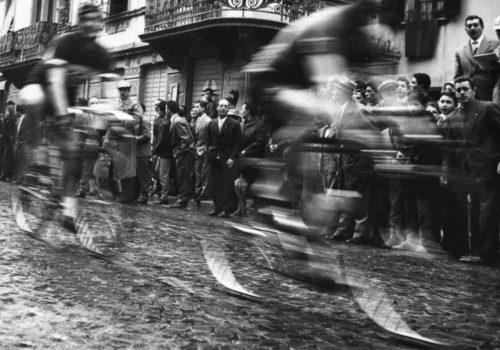Day 9
New York feels like one big party this Friday morning. It’s the weekend of all the contemporary art fairs (Armory, Scope, Volta, Independent) and I’m heading to Chelsea to feast my eyes on art and meet up with Robert Mann.
As usual, I arrive with enough time to spend some in the current exhibition: The Fall of Spring by Holly Andres, photographs that depict a band of mothers taking revenge on a wooden playground structure where one of their children got badly injured. I explain to Robert that, as a mother, I especially want to see the destruction scene.
Very efficient. 100% tigresses. An impressive mastery of mise-en-scène.
He laughs.
Very quickly, Robert shows me the magnificent Robert Frank photograph, Platte River, which he has brought at my request. We discuss life and death but keep things light-hearted. He tells me about the power of attraction that this image has over him, how it moves him, soothes him and stirs him. Kerouac saw in this very image a man contemplating his life. That’s it: existential, simple, touching. You would think this man, with his hat and broad shoulders, had lived twenty lives.
Thank you, Robert.
From his first encounter with photography to the opening of his own gallery space…
As a child Robert played with his father’s darkroom equipment, and when he was a little older he started to take pictures and learn about photography. But he never saw a future in it.
He starts to work as a framer at the Lunn Gallery in 1977. He quickly grows close with Harry Lunn, who becomes his mentor.
After six years, he takes on more responsibility at the gallery, organizing his first exhibitions and selling his first photographs. It’s around this time—back when photography was still accessible, he says—that Robert starts collecting.
He joins the Light Gallery and stays there a few years before leaving in 1985 to work on his own. For five years he hosts exhibitions at 76th and Madison.
In 1999, he opened a gallery in Chelsea, one of the first dealers to move there.
His best memory as a gallerist…
He likes selling pictures, not so much for the profit as for the satisfaction of knowing the image is in a place where it’s fully appreciated. He compares the sale of a photograph to the placement of a child in adoption. He likes to have a close relationship with his clients and keeps in touch with them over time.
His worst memory as a gallerist…
It’s a very painful memory involving works falsely attributed to Lewis Hine sold to him and several other gallerists. He felt the betrayal all the more acutely because the seller was a good friend. Speaking about the incident still makes him uneasy. Robert says that, fortunately, today there are more efficient ways to date and verify prints.
The first photograph he bought for himself? Or one that has a special
importance in his life…
Platte River, TN, 1961 by Robert Frank.
On his bedroom wall…
A giant tapestry made by his wife Orly Cogan about love and their story together.
He also has a Chip Hooper, a Harry Callahan, an Ellen Auerbach and a Michael Kenna that he gave his daughter.
If he was a renowned photographer…
Ansel Adams, for his life in the great outdoors and his fight to preserve National Parks like Yosemite. He laughs and says that he’s choosing Ansel Adams over Carleton Watkins because the former had hot running water.
If he had to choose a living photographer, he would choose his friend Richard Misrach, whom he sees as a modern-day Ansel Adams for his work in the conservation of land.

